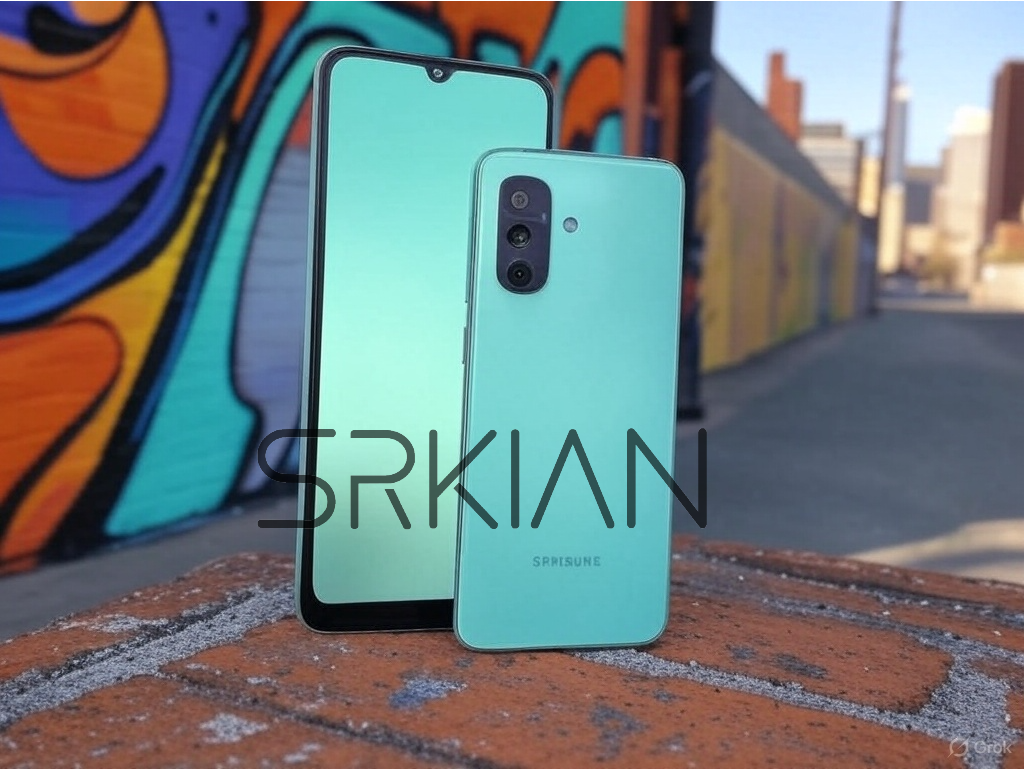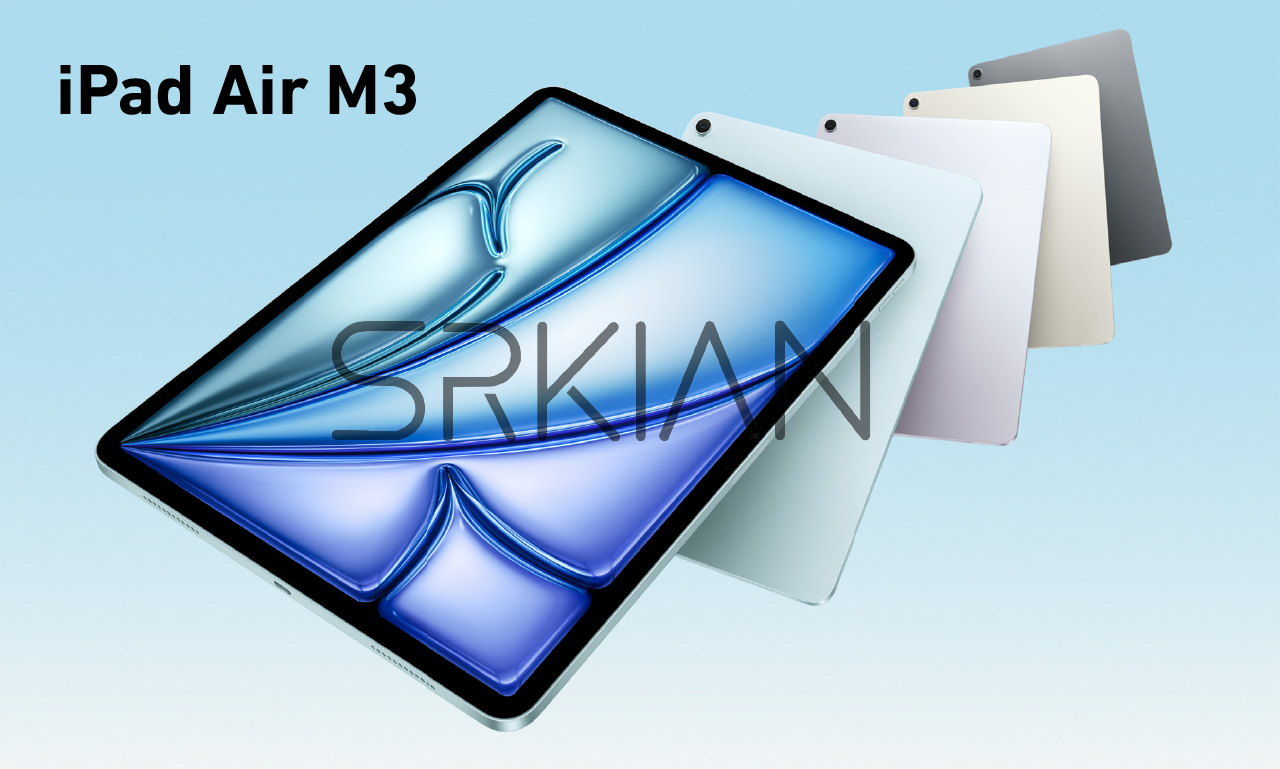The Samsung Galaxy S II, launched in 2011, was a groundbreaking smartphone that redefined the Android market with its sleek design, powerful performance, and innovative features. Often referred to simply as the Galaxy S2, this device became a flagship icon for Samsung, selling over 40 million units worldwide by 2013. Even today, it remains a nostalgic favorite among tech enthusiasts. In this SEO-optimized article, we’ll dive into the Samsung Galaxy S II’s specifications, features, historical pricing, and its lasting impact, while sprinkling in relevant keywords like Samsung Galaxy S II and Galaxy S2 price to boost search engine visibility.
Overview of the Samsung Galaxy S II
The Samsung Galaxy S II (model GT-I9100) hit the market in May 2011, following its unveiling at the Mobile World Congress (MWC) in Barcelona earlier that year. As the successor to the original Galaxy S, it brought significant upgrades, including a dual-core processor, a stunning Super AMOLED Plus display, and a slim, lightweight design. At just 8.49 mm thick, it was one of the slimmest smartphones of its time, making it a standout in a crowded market.
This phone wasn’t just about looks—it packed a punch with Android 2.3 Gingerbread (later upgradable to 4.1.2 Jelly Bean), a 1.2 GHz dual-core Exynos processor, and an 8-megapixel camera capable of 1080p video recording. These features positioned the Galaxy S II as a direct competitor to Apple’s iPhone 4 and other high-end devices of the era.
Key Features of the Samsung Galaxy S II
1. Display: Super AMOLED Plus Brilliance
The Samsung Galaxy S II boasted a 4.3-inch Super AMOLED Plus display with a resolution of 480×800 pixels. This screen offered vibrant colors, deep blacks, and excellent visibility, even outdoors. Compared to its predecessor, the Super AMOLED Plus technology enhanced brightness and sharpness, setting a new standard for mobile displays.
Samsung Galaxy S II Display Caption: The vibrant 4.3-inch Super AMOLED Plus display of the Samsung Galaxy S II.
2. Performance: Dual-Core Powerhouse
Under the hood, the Galaxy S II featured Samsung’s own Exynos 4210 chipset with a 1.2 GHz dual-core ARM Cortex-A9 processor and 1 GB of RAM. This was a massive leap forward in 2011, enabling smooth multitasking and fast app performance. Whether you were gaming, browsing, or recording HD video, the Samsung Galaxy S II delivered a lag-free experience.
3. Camera: High-Quality Imaging
The 8-megapixel rear camera with LED flash was a highlight, offering 1080p video recording at 30fps—a rarity for smartphones at the time. The 2-megapixel front camera was perfect for video calls and selfies, making the Galaxy S2 a versatile device for photography enthusiasts.
4. Design: Slim and Lightweight
Weighing just 116 grams and measuring 125.3 x 66.1 x 8.49 mm, the Galaxy S II was a marvel of engineering. Its plastic body, while not as premium as metal alternatives, kept it light and durable. The textured back provided a secure grip, and the minimalist design appealed to a wide audience.
5. Software: Android with TouchWiz
Running Android 2.3 Gingerbread out of the box, the Galaxy S II featured Samsung’s TouchWiz 4.0 interface. Later updates brought it to Android 4.1.2 Jelly Bean, extending its lifespan. TouchWiz added customization options and Samsung Hubs (Social, Music, Readers, and Gaming), enhancing the user experience.
Samsung Galaxy S II Price: Historical and Current Insights
Launch Price
At launch, the Samsung Galaxy S II price varied by region and carrier. Unlocked, the 16GB version retailed for around $600-$800 USD (£500-£650 in the UK), making it a premium device. With a two-year carrier contract, it dropped to $199-$249 in the US, a common subsidy model at the time. The 32GB variant was slightly pricier, though exact figures for it are less documented.
Price Over Time
As newer models like the Galaxy S III emerged in 2012, the Galaxy S II’s price steadily declined. By 2012-2013, SIM-free units were available for $300-$400, and contract prices fell to as low as $99. Its affordability, combined with strong performance, fueled its massive sales.
Current Market Value (2025)
Today, the Galaxy S2 price reflects its status as a vintage device. On platforms like eBay or Swappa, used or refurbished units range from $20-$50, depending on condition and storage capacity. Collectors or enthusiasts restoring old tech might pay a premium for well-preserved models, occasionally reaching $100. However, its lack of modern software support and outdated hardware limits its practical value.
For a deeper dive into current pricing trends, check out our guide to vintage smartphones.
Variants of the Samsung Galaxy S II
Samsung released several variants of the Galaxy S II to cater to different markets and carriers:
- Galaxy S II Skyrocket (AT&T): Added 4G LTE and a slightly larger 4.5-inch display.
- Galaxy S II Epic 4G Touch (Sprint): Featured a CDMA radio and minor design tweaks.
- Galaxy R: Used an Nvidia Tegra 2 chipset instead of Exynos.
These variants maintained the core appeal of the Samsung Galaxy S II while adapting to regional network needs.
Why the Samsung Galaxy S II Stood Out
Market Impact
The Galaxy S II was a commercial juggernaut, selling 3 million units in just 55 days and surpassing 40 million by 2013. It solidified Samsung’s position as a leader in the Android ecosystem and challenged Apple’s dominance. Its success paved the way for future Galaxy S models, including the Samsung Galaxy S III.
Innovation and Marketing
Samsung’s aggressive marketing, including ads that poked fun at iPhone users, boosted the Galaxy S II’s visibility. Features like NFC (ahead of its widespread adoption) and Wi-Fi Direct showcased Samsung’s forward-thinking approach.
Pros and Cons of the Samsung Galaxy S II
Pros
- Stunning Super AMOLED Plus display
- Powerful dual-core performance
- Slim and lightweight design
- Excellent camera for its time
- Long software update support (up to Jelly Bean)
Cons
- Plastic build felt less premium
- Screen resolution (480×800) wasn’t top-tier
- Limited internal storage without microSD expansion
- Software bugs in early units
Samsung Galaxy S II in 2025: Is It Still Worth It?
As of March 26, 2025, the Samsung Galaxy S II is a relic of mobile history. While it was revolutionary in 2011, its hardware can’t keep up with modern demands. Running Android 4.1.2 (or unofficial ROMs like Android 13 via custom development), it lacks support for current apps and security updates. For collectors or hobbyists, it’s a fun piece of nostalgia, but for daily use, newer budget options like the Samsung Galaxy A series far outshine it.
Where to Buy the Samsung Galaxy S II Today
If you’re hunting for a Samsung Galaxy S II in 2025, consider these options:
- eBay: Offers used and refurbished units starting at $20-$50.
- Swappa: A marketplace for second-hand tech with competitive pricing.
- Local Classifieds: Sites like Craigslist or Facebook Marketplace may have listings.
Always verify the condition (battery health, screen damage) before purchasing.
Conclusion
The Samsung Galaxy S II was a game-changer that showcased Samsung’s ability to innovate and compete in the smartphone arena. Its blend of cutting-edge tech, slim design, and a reasonable Galaxy S2 price at launch made it a fan favorite. While it’s no longer a practical choice in 2025, its legacy lives on in Samsung’s continued dominance of the Android market.
For more insights into Samsung’s iconic devices, explore our Samsung Galaxy series retrospective. Have thoughts on the Galaxy S II? Share them in the comments below!



![19232 [Converted]](https://srkian.com/wp-content/uploads/2025/03/19232-Converted-34.png)








